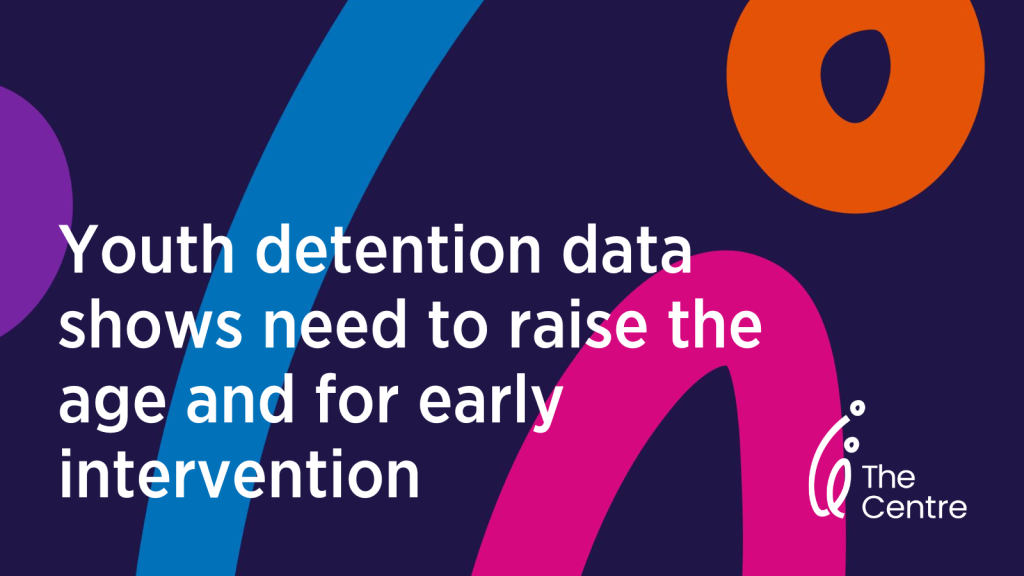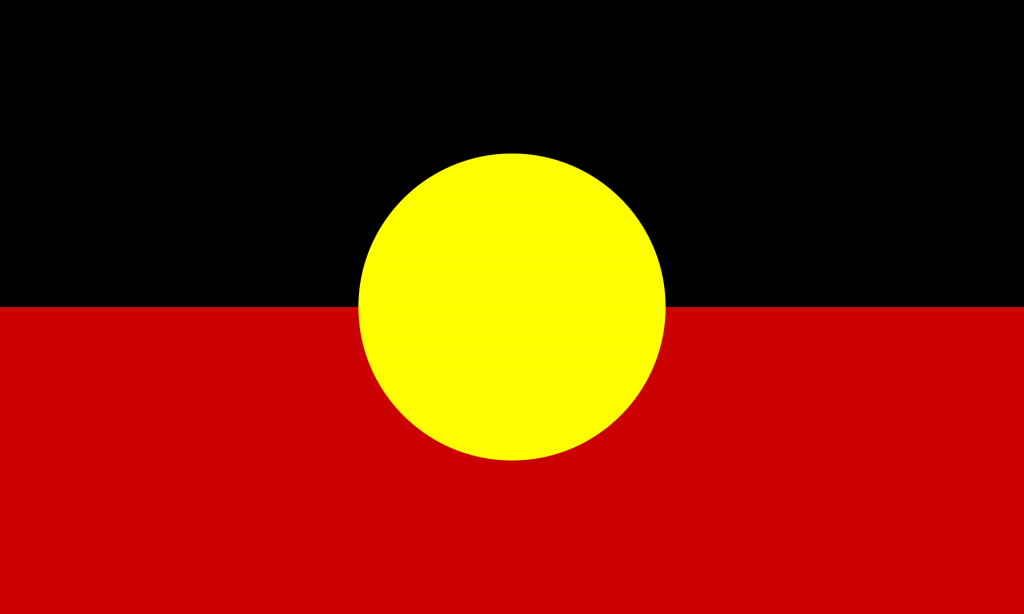While the number of children and young people in youth detention in Victoria has almost halved in the four years to June 2023, recent data from the Australian Institute of Health and Welfare (AIHW) shows we are still seeing children aged between 10 and 13 being placed in detention, and the rate and number of First Nations young people aged 10 to 17 being incarcerated nationally continues to increase.
The Centre CEO Deb Tsorbaris says addressing the disproportionate number of First Nations children in detention must become a national priority.
In April 2023 the Victorian government made a commitment to raise the criminal age of responsibility to 12 by the end of 2024, and to 14 in 2027.
Ms Tsorbaris says it is great to see the recent appointment of an independent review panel to advise on the design and implementation of a model to support young Victorians to stay out of the justice system.
“This starts the process of developing the early interventions and rehabilitative support services for these children and young people to help them turn their lives around.
“But we must ensure that no one is left behind. This latest data release shows how important it is that we focus on early intervention and safety net supports for First Nations children, young people and their families, so we can stop this disproportionate representation in our youth justice system. ”
Below is a summary of key data from a recently released Australian Institute of Health and Welfare (AIHW) web report which provides a snapshot of the youth detention population in Australia from June 2019 to June 2023.
Overview
This AIHW report examines the numbers and rates (per 10,000) of young people aged 10 and over who were in youth detention in Australia.[1] The data shows that over the 4-year reporting period, the number of young people fluctuated across quarters, though fell overall, and that young people are most likely to be in detention if they are male, aged between 14 and 17 and are First Nations young people.[2]
The AIHW report helps build understanding of the characteristics and trends relating to young people in detention in Australia to support professionals in promoting improved outcomes for young people, including raising the age of criminal responsibility.
National data
Young people in detention on an average night[3]
- On an average night in June 2023, 812 young people in Australia were in detention
- Almost 9 in 10 (89%) were male, and almost 6 in 10 (59%) were First Nations young people.
- Queensland had the highest number of young people in detention (n=306) in June 2023.
- Over the 4-year reporting period, the Northern Territory consistently had the highest rate of young people aged 10-17 in detention on an average night (6.6-22 per 10,000).
- There were declines in the rate of young people in detention on an average night in New South Wales, Victoria, Western Australia, and South Australia.
- Increases were reported in Queensland and the Northern Territory.
- There were 478 First Nations young people in detention on an average night in June 2023.
- Of all young people aged 10-17 during June 2023, 3 in 5 (63%) were First Nations young people.
- At this time (June 2023), First Nations young people aged 10-17 made up only 5.7% of the Australian population.
- First Nations young people aged 10-17 were 29 times as likely as non-Indigenous young aged 10-17 to be in detention on an average night in June 2023.
- First Nations young people aged 10-13 were 46 times as likely as non-Indigenous young people to be in detention on an average night in June 2023.
- Over the 4-year reporting period (June 2019 – June 2023), the number of young people in detention on an average night fell from 941 to 812.
- Children aged 10-13 represented a small number of the youth population in detention. The number fell from 52 in June 2019 to 41 in June 2023.
- The proportion of First Nations children aged 10-13 in June 2023 was 6.3% (n=30), while the non-Indigenous proportion was lower at 3.3% (n=11)
- 80% (n=648) of young people in detention on an average night were aged 14-17.
- The rate (per 10,000) of young people aged 10-17 in detention on an average night was reported at 2.6. This rate was lower than June 2019 (3.2) and June 2022 (2.7).
Sentenced and unsentenced detention[4]
- More than 3 in 4 (77%) young people in detention were unsentenced on an average night in March 2023, representing an increase from 63% (n=589) in June 2019 to 77% (n=654) in March 2023.
- On an average night in March 2023, 81% of First Nations young people in detention were unsentenced, while 72% of non-Indigenous young people in detention were unsentenced.
- 3 in 5 (62%) of all young people in unsentenced detention were First Nations.
- First Nations young people made up 50% of all young people in sentenced detention on an average night in March 2023.
- A higher proportion of young people in unsentenced detention were aged 10-17 (92%) than in sentenced detention (64%) on an average night in March 2023.
- 4% of young people in unsentenced detention were aged 10–13 and less than 0.1% in sentenced detention were aged 10–13 on an average night in March 2023.
Victorian data
Young people in detention on an average night in Victoria
- Victoria had the lowest rate of young people aged 10-17 in detention on an average night in June 2023 (1.0 per 10,000) across Australia.
- There were 11 First Nations young people in detention on an average night in June 2023 in Victoria.
- Over the 4-year reporting period (June 2019 – June 2023), the number of young people in detention on an average night in Victoria fell from 199 to 100.
- Children aged 10-13 represented a small number of the youth population in detention. The number (n=1.4) remained the same in both June 2019 and June 2023 in Victoria. This is still a concerning figure given how young these children are.
- 60% (n=60.2) of young people in detention on an average night were aged 14-17.
Sentenced and unsentenced detention in Victoria
- 49% of young people in detention were sentenced on an average night in June 2023 in Victoria.
- From June 2019 to June 2023 the proportion of those in sentenced detention decreased from 49% (n=97) to 29% (n=29).
- From June 2019 to June 2023 the proportion of those in unsentenced detention fell from 101 to 70.
Key trends
National trends
- From June 2019 to June 2023, the number of young people aged 10 and over in detention on an average night fell from 941 to 812.
- While the number of non-Indigenous young people aged 10-17 in detention has been decreasing since September 2020, the rate and number of First Nations young people aged 10-17 in detention have been increasing since September 2020.
Victorian trends
- The number of young people in detention on an average night across the 4-year reporting period declined in Victoria from 199 to 100.
- From June 2019 to June 2023 the proportion of those in sentenced detention in Victoria decreased from 49% to 29%.
Overall, while it is pleasing to see a reduction in the number of young people 10-17 in youth detention in Victoria over the 4-year period, it is concerning to see children as young as 10-13 still being placed in detention and an increase in the rate and number of First Nations young people aged 10-17 being incarcerated nationally.
Links
- AIHW Data Report – Youth detention population in Australia 2023
- Victoria Government – Experts To Guide Raising The Age Of Criminal Responsibilty
NOTES:
[1] Note, the date in this report is not comparable to those published in previous editions of ‘Youth detention population in Australia’. Previous editions contained differences in data formats, specifications, definitions and/or quality across jurisdictions.
[2] The Australian Institute of Health and Welfare (AIHW) uses ‘First Nations’ to refer to Aboriginal and Torres Strait Islander people in their report.
[3] Average numbers and proportions may not sum to 100% due to rounding.
[4] Data from the Northern Territory was not available for the June quarter 2023. This section therefore uses March quarter data for national reporting. March and June quarters are sufficiently comparable as past data indicates that differences based on seasonal trends are minimal for these time periods.






